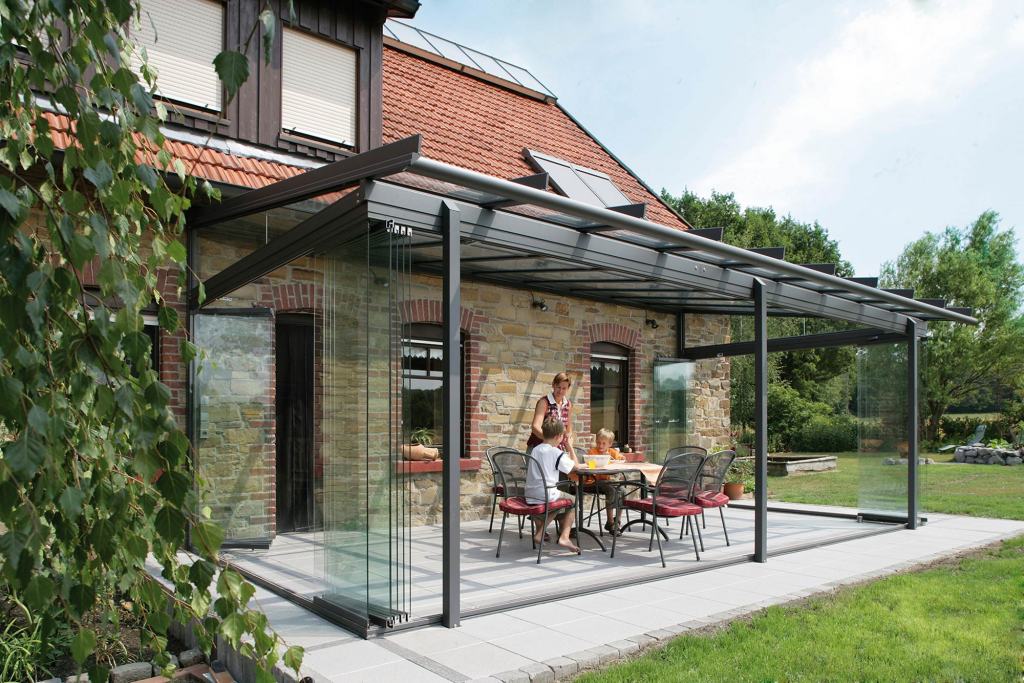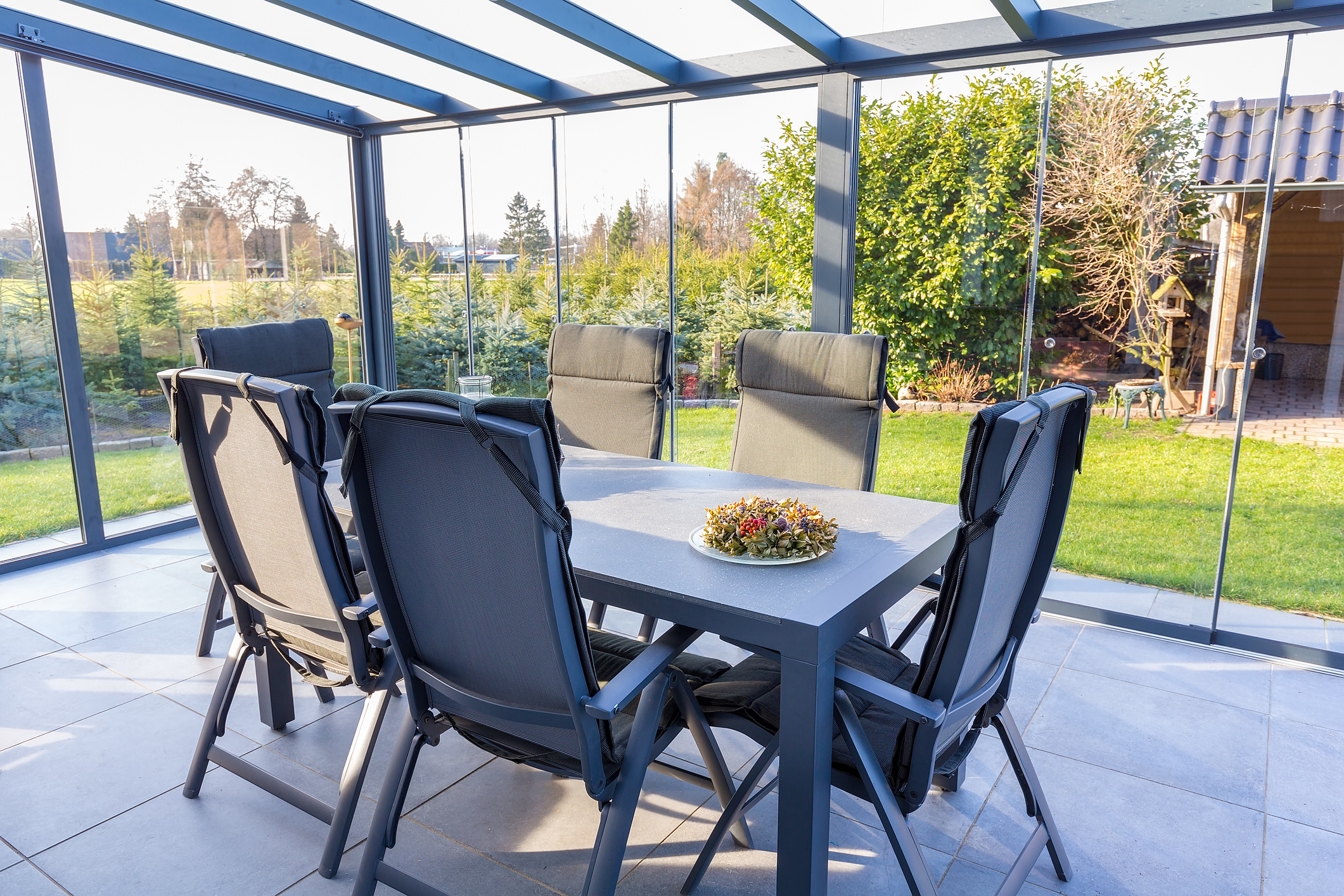
In the pursuit of creating sustainable and harmonious living spaces, bioclimatic pergolas have emerged as innovative structures that seamlessly blend architectural design with environmental consciousness. These versatile outdoor installations not only enhance the aesthetic appeal of a space but also contribute to energy efficiency and environmental sustainability. This article delves into the concept of bioclimatic pergolas, exploring their design principles, benefits, and the positive impact they can have on both the built environment and its occupants.
Bioclimatic pergolas are dynamic structures designed to adapt to the surrounding climatic conditions. They are equipped with adjustable louvers or slats that can be manipulated to control the amount of sunlight, ventilation, and protection from the elements. The key idea behind bioclimatic design is to optimize the pergola’s performance based on factors such as solar radiation, wind direction, and temperature.
The hallmark of bioclimatic pergolas is their adjustable louvers or slats, allowing users to modulate the amount of sunlight entering the space. This feature provides flexibility and control over the pergola’s microclimate. Bioclimatic pergolas are designed to facilitate natural ventilation. The adjustable louvers can be positioned to capture breezes and channel airflow, creating a comfortable and well-ventilated environment. By manipulating the louvers, users can
maximize or minimize solar gain, harnessing the sun’s warmth during cooler periods and blocking excessive heat during hot seasons. This not only contributes to energy efficiency but also enhances the pergola’s usability throughout the year. Some bioclimatic pergolas come equipped with sensors that can detect rainfall, automatically closing the louvers to provide shelter during wet weather. This feature ensures that the outdoor space remains functional in various weather conditions.
The adaptability of bioclimatic pergolas to environmental conditions promotes energy efficiency by reducing the reliance on artificial heating, cooling, and lighting systems. This not only lowers energy consumption but also minimizes the ecological footprint of the structure.
The ability to control sunlight, ventilation, and temperature ensures that the pergola remains comfortable and inviting, creating an ideal space for relaxation, entertainment, or work.
Beyond their functional benefits, bioclimatic pergolas contribute to the overall aesthetics of a space. Their sleek and modern designs can complement a variety of architectural styles, enhancing the visual appeal of both residential and commercial settings. Embracing bioclimatic design principles aligns with a sustainable lifestyle. By utilizing natural elements for climate control, bioclimatic pergolas reduce the environmental impact associated with traditional heating and cooling methods.

Bioclimatic pergolas represent a harmonious synergy between nature and architecture, offering a sustainable solution for outdoor living spaces. Their adaptive design, energy-efficient features, and aesthetic appeal make them a valuable addition to modern construction practices, more recently they are often preferred over more traditional conservatories which are built with brick and mortar. As we continue to prioritize sustainability in our built environment, bioclimatic pergolas stand out as a testament to the possibilities of creating spaces that not only enhance our quality of life but also contribute to a more sustainable and environmentally conscious future.

